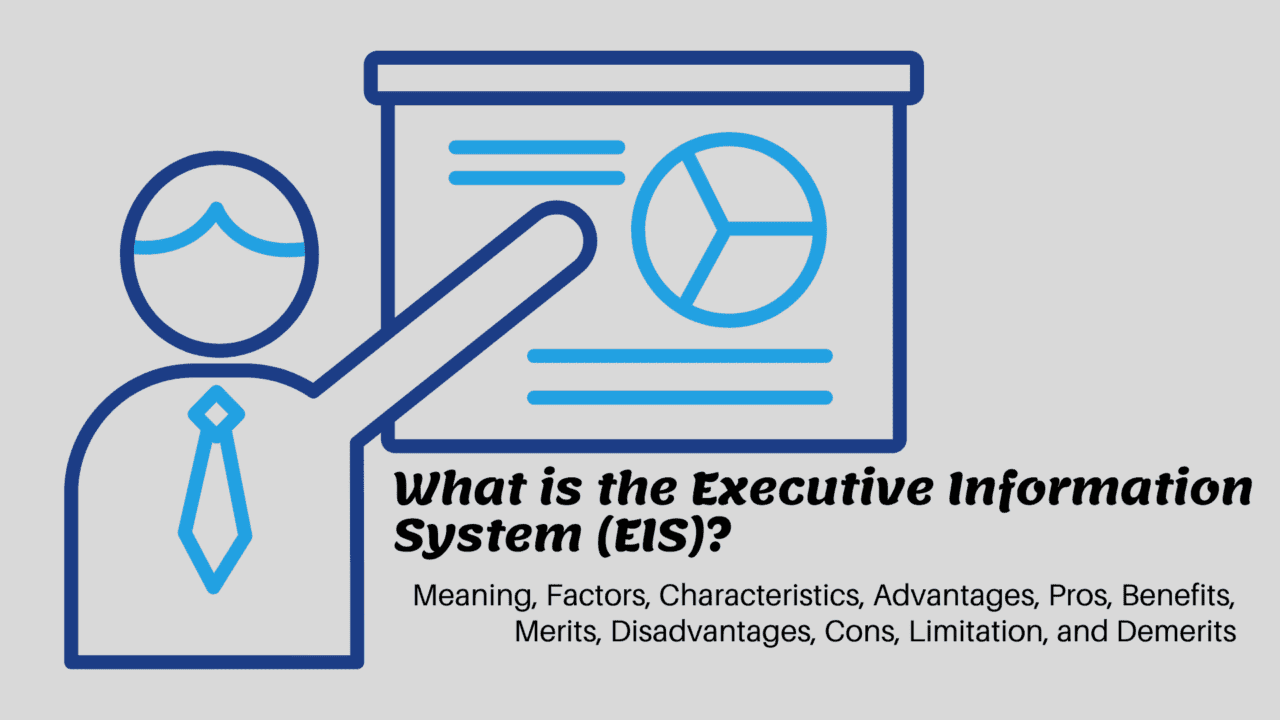Online Marketing Channels in the era when big data information analysis has gradually become the mainstream. The fast-developing network marketing channels will also usher in a new stage of development. After understanding the current situation of China’s network marketing channels, summarize their types, characteristics, and the choice of enterprises. Combined with the analysis of the development trend of network marketing channels under the background of the Internet era. And based on the analysis of big data information, proposed the optimization of network marketing channels.
Here are the articles to explain, Online marketing channels under Big data information Analysis
As the second largest Internet market after the United States, my country’s huge group of netizens has spawned a huge network of online consumer groups and online marketing space. Based on the Internet, network marketing channels came into being, and made up for the deficiencies of traditional marketing channels. After the development of big data has risen to the national strategic level. Related fields will also usher in new development opportunities. Under the background of big data. Through the effective use of information analysis, my country’s network marketing channels will also usher in a new stage of development.
Research on the status quo of online marketing channels in my country
Based on having the functions of traditional marketing channels, network marketing channels refer to the provision of available products and services through the Internet, and the use of computers or other available information technology means to complete transaction activities in the target market.
Types of Online Marketing Channels
The channel types can subdivide according to different division basis and can divide into the following three types.
(1) Direct marketing channels (Internet direct sales).
A network channel that delivers directly from the producer to the final consumer in one step via the Internet. Traditional intermediaries have stood transformed into intermediaries that provide services. Such as professional distribution companies that provide freight transportation and distribution services.
(2) Indirect marketing.
A channel for information communication between buyers and sellers through network intermediaries or platforms. Intermediaries integrate Internet technology, with a higher degree of specialization and economies of scale. And transaction efficiency is higher than that of online direct sales. For example, by relying on the Internet, online stores can quickly expand the scope of the target market at a low cost and find a larger customer group.
(3) Dual channels.
It is easier to achieve “market penetration” under the buyer’s market conditions by using the two channels of online direct sales and indirect sales at the same time. Which is the best choice for online marketing channels for production enterprises.
Characteristics of Online Marketing Channels
A network marketing channel is a way for enterprises to communicate with consumers through the Internet, which has obvious characteristics. The development of network marketing channels reduces many unnecessary links in the sales process. Which is beneficial to both buyers and sellers and makes communication between producers and consumers more convenient. In general, network marketing channels have the following characteristics.
(1) The channel is short.
The length of the channel between a product or service from the manufacturer to the consumer. And the complexity of the intermediate links is proportional to the markup rate and hidden cost of the product. In the two-way direct transaction between consumers and manufacturers Under this situation, the network direct sales channel came into being. The Internet for distribution has replaced the traditional roundabout mode. The short channel shortens the length of the transaction chain, reduces transaction costs, and improves efficiency.
(2) The relationship is single.
The management of network marketing channels can be simplified to the management of the network on a single level. Traditional marketing channels involve multi-level and all-round management. But with the help of the Internet, companies can skip some links in the value chain, mainly by bypassing retailers. In the context of the Internet, the virtual nature of the network has replaced the advantages obtained by traditional marketing intermediaries for geographical reasons. The efficient information transmission brought by the network optimizes many links in the marketing channel and finally simplifies it into a single relationship.
(3) Modern logistics and distribution system.
The distribution of socialized commodities must complete by relying on a modern logistics and distribution system to reach consumers in the shortest time. With the help of the most widely used logistics distribution mode – “third-party logistics”, the logistics activities of most enterprises are complete.
The choice of corporate network marketing channels
Based on its actual development status and the conditions and factors. The enterprise comprehensively considers the development goals. Then refers to the customer’s situation and the current market trend. Considering the three aspects of the enterprise, the market, the customer, and selecting the best marketing channel for the enterprise. Generally, the goal is to meet users, that is, in a huge and virtual network marketing environment. Let customers feel that this is what they need, and carry out network marketing in a targeted and planned way.
Online Marketing Channels in the Big Data Environment
The in-depth study of big data has gradually diversified its application scenarios. The application of big data information analysis to the study of network marketing channels needs to be further studied. The revolution brought by big data is changing people’s work, life, and way of thinking day by day. Big data information analysis is bound to have an impact on the research on network marketing channels.
The steady development of network marketing channels
By strengthening the construction of network infrastructure, the coverage ratio of big data can increase. The steady development of network marketing channels can achieve. Also, The dissemination speed of network marketing information can effectively improve. And social groups can understand the main content of the information the first time. And for the relevant preferential policies, moderate consumption, to expand the influence. Whether it is a business in the information or a consumer in the process of receiving the information. They can respond quickly. Therefore, focusing on investment in the construction of network infrastructure can effectively promote the normal operation of network marketing channels.
Improve the utilization efficiency of the network
The office mode of the enterprise network has become an important part of the operation and development process of today’s enterprises. Also, The rich network information resources and the fast use of the network can bring a large number of customer resources to the enterprise and promote the enterprise in the process of development. In China, it is increasingly inseparable from network information. Therefore, enterprises should pay attention to the construction of the network operating system, and actively improve the utilization rate of the network according to their development direction and customer needs, to realize the centralized management of the enterprise network and the innovative development and construction of the network information system. Relying on big data, select effective and timely information for precise application and adapt to the times.
Develop a complete network integrity system
Building a complete network integrity system can say to be an important guarantee for the effective development of network marketing channel business. Because it is different from traditional marketing channels and does not have a series of guarantees, how to perform identity verification to complete safe and reliable transactions requires the establishment of a special network identity information network, the development of a complete network integrity system, and the use of big data to conduct the verification of Enterprises and consumers make objective and true integrity evaluations.
With the continuous development of the market economy, the improvement of living standards, and the improvement of people’s consumption concept, various merchants and enterprises are urged to actively expand their marketing channels, thereby attracting more customer groups. The expansion of network marketing channels has become a focus for enterprises, but how to better establish network marketing channels is inseparable from the analysis and support of big data information, which will also bring economic and social benefits to the industry.
Optimization of online marketing channels based on big data information analysis
Under the Internet environment, there is a lot of room for reform in network marketing channels, the overall function of the channel is continuously deepened, and the development of the overall commercial and trade circulation industry is driven by online business activities. Based on the analysis of big data information, think about the optimization method of network marketing channels in the Internet environment, and also realize the expansion of marketing channels, the development of consumer markets, and the improvement of marketing efficiency.
Diversified Marketing Channels
(1) Optimize the level of marketing channels.
When enterprises conduct online business activities, they use electronic means and combine online. And offline marketing channels to make up for the shortcomings of traditional marketing channels and improve the shortcomings. To achieve the diversification of marketing channels, the first step is to optimize the level of channels. Also, Direct online direct sales or indirect channels through multi-level distributors, no matter how many levels of channels. How to choose and arrange is the most reasonable, not the higher the level of the channel marketing effect is the best. Enterprises should first consider the characteristics of the product Based on the company’s conditions. Combined with the analysis of market information such as product supply and demand. We can find the optimal level of marketing channels based on experiments.
(2) Improve the quality of channel members.
Due to the complexity and concealment of the Internet environment. Even if the information of buyers and sellers achieves a certain symmetry, network marketing still has certain risks. Therefore, the optimization of network marketing channels is inseparable from the optimization of channel members. To better complete network business marketing activities. It is necessary to improve the quality of channel members and select members that are in line with channel construction and marketing goals.
Optimize the operation of marketing channels
Optimizing the operation of marketing channels must proceed from the purpose, that is, how to optimally achieve the goal of network marketing, ensure the construction quality of network marketing channels, and enable the smooth delivery of products through e-commerce activities. It can be specifically analyzed for the following three operational purposes.
(1) Accurate customer analysis.
Under the background of big data, enterprises can use certain tools or means to accurately grasp the needs of customers and understand the situation of customers to improve the effectiveness of communication. After having clear and accurate customer information, such as customers’ past transactions, psychological preferences, and needs After grasping its consumption value, conduct targeted information dissemination.
(2) Precise market positioning.
First, accurately subdivide the market according to the relevant big data information resources obtained. Select the appropriate and optimal target market through reasonable data analysis. To ensure effective market positioning and competitive advantage, and then carry out marketing activities. In the era of big data, technical means enable enterprises to make market assessments based on their development strategic goals. Combined with mining consumer database information before operations and then making choices.
(3) Precise product launch.
After choosing a suitable market and conducting consumer surveys. How successfully delivering the corresponding products to the customers in need requires precise product delivery. With the help of the consumer information database provided by big data. It is screened from the overall sample, and the customers are classified from various factors. Such as occupation, age, income, etc., and the products are customized according to the needs of customers, and product innovation is carried out. This process is somewhat similar to cluster analysis in data analysis, dividing the huge consumer group into several categories with significant characteristics according to various criteria, selecting personalized products for these categories of consumer groups, and practicing personalized products and Service is the concept of customization.
Based on the basic analysis of the above operation objectives. Also, The operation of the organizational structure of the marketing channel can optimize. From the top to the bottom, some manufacturers and producers are responsible for the production of products, and the middlemen or networks act as network media. The marketing platform is organically combined to achieve various divisions of labor and coordinated operation processes for sales. Therefore, from the corporate culture, team, system, and other aspects to carry out research. And constantly improve the network marketing channels.
Strengthen the management of marketing channels
The optimization of network marketing channels is inseparable from strengthening the management of marketing channels, which is the key point of optimization, how to achieve the rational allocation of marketing resources through management, to achieve the goal of improving marketing quality and efficiency.
(1) Strengthen the constraints of the channel management mechanism.
The complexity of the network makes the management of channels difficult, and the concealment often brings hidden dangers. The construction of multi-channel and virtualized management systems, such as identity verification systems and network integrity systems, makes online transactions more secure and more restrictive. , which not only protects the rights and interests of consumers, but also makes the operation of enterprises more smoothly, conducts business activities under the supervision of network laws, obeys the guidance of marketing objectives, and improves marketing efficiency.
(2) Implement a good channel circulation strategy.
As an important part of the entire marketing system. It plays an important role in reducing corporate costs and improving corporate competitiveness. It is the key to marketing channel planning. An effective channel circulation strategy will affect price strategies, product strategies, promotion strategies, etc. To have a positive impact is an important means for an enterprise to successfully open up the market, and achieve sales and business goals.
The purpose of a good channel distribution strategy is to build the value of the corporate brand into a lasting customer relationship. Including consumer groups’ dependence on corporate products and the strengthening of cooperative relationships. With the support of big data information, enterprises use rich data resources and analysis technology to monitor business activities on the entire marketing channel. So that the entire marketing process of the enterprise is under control. To achieve scientific management of marketing and data mining. Combined with a modern management system to achieve scientific management.














